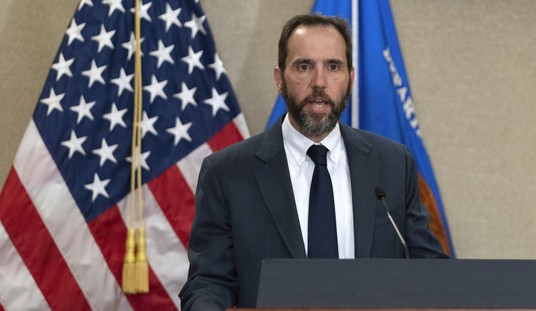In ye olden newspaper days, we worked on manual typewriters. We typed on coarse light-tan newsprint with carbons for copies. After typing -30- to end a story, pages were glued together, passed to an editor, and returned with pencil mark-ups and sent through a pneumatic tube to the composing room. There it was typeset, proofread, and laid out. The mock-ups, once cut for space and approved, went to the presses downstairs.
If, in your rush, you put your story into the pneumatic tube slot before putting it into the actual pneumatic tube container, you had to buy everyone on the news desk coffee. In the meantime, maintenance fished out the crumpled loose pages that were blocking the system’s air flow.
The morning and afternoon papers had to be fed, but there were a lot of eyes on what was printed. And as sure as shooting, if there was some news story the night before giving a black eye to South Africa or Israel or some major corporation, there would be a public relations envelope in your inbox that morning saying such and such didn’t happen, or the press got it wrong, or the sons of guns deserved it.
Whether it was from William Baroody at the American Enterprise Institute or Paul Weyrich at the Heritage Foundation, you had plenty to feed that circular file. High-wage unions were bad, deficits were good, and the commies needed the stuffing kicked out of them. OK. One of the few reports sent that ever caught my eye was a demonstration that sanctions don’t work. It was tossed into the file long ago, but Donald Trump, call your office, and maybe they can find it.
While South Africa has fallen off the cliff, the army of spin doctors feeding the circular file marches on. Maybe soon, drones will deliver these to your desk, better to bypass the computer’s automated sort-to-trash function. That rape on camera; nothing to see there. Our think tank is one big happy family. Our latest drug will save mankind and prove that bypassing normal testing was a genius move.
To say newsmen were skeptical of public relations then would be an understatement. Virtually all went straight to the trash. Today, the balance of power has shifted. The work of Congress is outsourced to lobbyists and their experts, and reporter research is easily outsourced to public relations firms. Congress has no excuse, given that they have paid staff and researchers.
Newsrooms have a slight excuse. Today, the person who goes out to report on an event then has to write, proofread, lay out, and, in some cases, publish the story in real time. TV reporters sometimes film themselves on camera, shoot their B-roll, edit the story, and put it up themselves. There is no team. A proofreader friend who bounces from job to job these days is constantly collecting typos from major news publications. That’s why I’m not needed, he quips.
So with fewer paid reporters and editors, public relations firms, and the dreaded oligarch-owned algorithms dictate more and more the supply of facts/spin to reporters. The rule in the old days was, if your mother tells you she loves you, don’t print it until you get confirmation from a second source. The Russiagate hoax was built on a single fake source feeding a story to multiple outlets, who could then quote each other as a secondary source. How did that Pulitzer Prize-winning story work out for media credibility?
The same holds for AI and its dependence on “fakeapidia.” There, facts from true volunteers are intermingled with spin from paid cutouts from governments, political hacks, and corporate shills. There are armies of people paid to feed public relations spin into all sources of online information. Garbage in, garbage out. News influencers who push news stories X, Y, or Z are sometimes even paid for their trouble through third-party grants.
The great Will Rogers said, “All I know is what I read in the papers.” The contradictions and misinformation made his comic career. And was it H.L. Mencken who opined that the purpose of newspapers was to make the sane crazy and crazy crazier? So nothing is new in the digital news world.
Related: WATCH: Obama Demands ‘Regulatory Constraints’ of Social Media
Pontius Pilate, a cynic of the first order, asked Jesus, “What is truth?” Well, maybe today’s “daily truth” ended up in the circular file where it belonged, and maybe it was printed. Maybe that person who was silenced or that unwashed whistleblower had at least one good point worth hearing out. Whitaker Chambers, Time magazine’s poster boy for how to dress for failure, was dismissed as a crank until he exposed the State Department’s communist spy Alger Hiss.
So let’s keep that pumpkin-spiced flow of unlikely news and information sources going. For a meeting of the minds, free debate, the free and open exchange of ideas between real people, is a start. Where else can we, the public, begin to evaluate the witnesses ourselves and sort the wheat from the spin?
Join PJ Media VIP and use promo code POTUS47 to get 74% off your membership and comment as you see fit.










